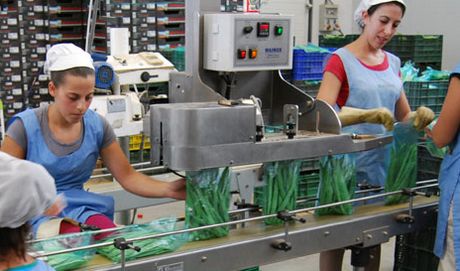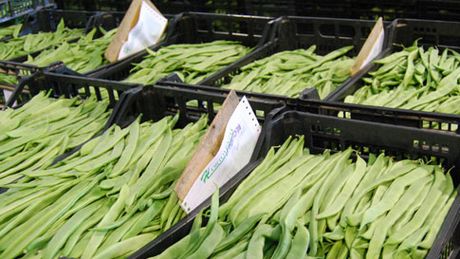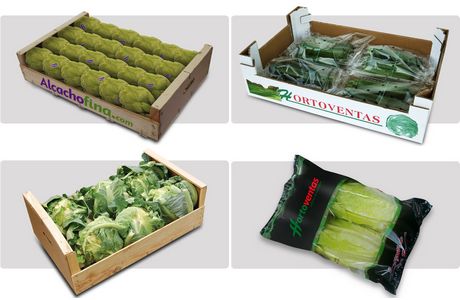"When our tomato harvests start in the summer, we have to face an increasingly saturated market across Europe, making it very difficult to compete with the produce of countries like The Netherlands, Belgium, Poland and Germany," says Juan Antonio Guerrero, president of the company Hortoventas, one of the few firms that still cultivates in the open ground.
With plantations located almost 1,000 metres above sea level, Hortoventas enjoys a microclimate with optimal conditions for open ground agriculture between April and December, which results in horticultural products of stunning quality.
However, while open ground production results in a superior quality in terms of flavour compared to greenhouse production, the low yield achieved per square metre is a handicap, as well as the increased exposure to diseases like thrips and the fact that the fruits harvested present more imperfections in their appearance.

For this reason, and to prevent having to stop producing tomatoes in the area, Juan Antonio points out that "we are considering the installation of shade meshes, since preventing direct sunshine could improve both the productivity and the homogeneity of the product's appearance without abandoning our principles and with a lower investment than that of greenhouse growers."
Green beans for the summer
From autumn to spring, the green beans consumed in Spain are mostly from Almeria and Morocco. For its part, Almeria has seen a significant reduction of the crop's acreage in recent years because many Spanish and French companies moved to Morocco to cut costs, turning it into the largest producer at very competitive prices.

However, in late May, Moroccan green beans no longer meet the minimum quality requirements, "as they reach the market in a really dehydrated condition," said Juan Antonio. "Granada is one of the few areas in Europe capable of growing high quality flat green beans between June and October thanks to its ideal conditions of light and temperatures, which results in a fleshy bean with an unbeatable flavour."
Besides the absence of real competitors, "the bean has lower production costs compared to tomatoes, and though harvesting costs are higher, profit margins are more interesting," he explains.
Hortoventas mostly produces green beans of the following varieties: Elda; flat, with flattened wide pods; Facidy, wider than the Elda; and to a lesser extent, the Bobby, with tube-shaped pods and smaller than the Elda.
Logistics costs make exporting harder

Regarding destination markets, Hortoventas ships 90% of its production to the Spanish market and the rest is exported to the EU under the brands HORTOVENTAS (for tomatoes, beans and courgettes), GOLDEN BLANQUITA (for cauliflower) and ALCACHOFINA (for artichokes). "We wish to continue growing in the export markets, although logistics costs are currently our major stumbling block."
"We hope to have a good campaign, although prospects are not good considering how significantly consumption has dropped. More and more consumers are purchasing vegetables by pieces and not kilos to prevent wasting anything. Additionally, the number of fans of urban farms is growing, which, in a way, also affects us," concludes Juan Antonio.





